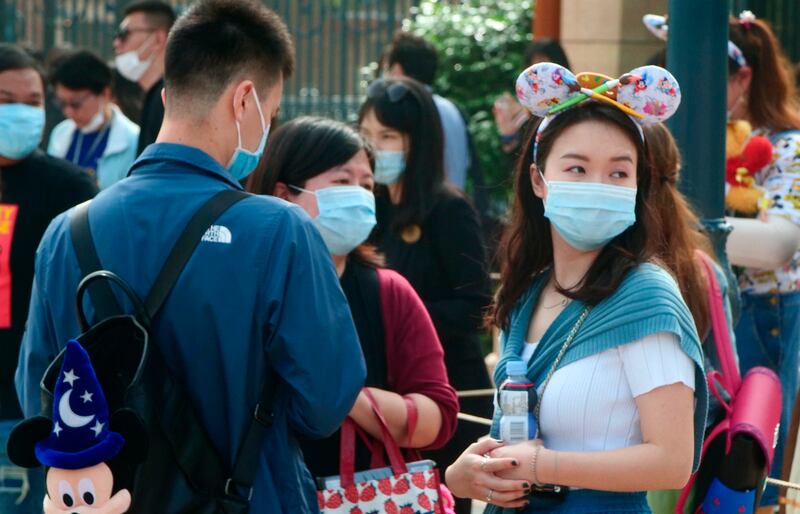Close to 30,000 people were locked inside Shanghai Disneyland for hours by the Chinese government due to one positive COVID-19 case.
Why did Shanghai Disneyland go into lockdown?
A woman who visited the park Saturday tested positive for the coronavirus or came into contact with someone who had COVID-19, according to The Associated Press. This led to the entire park going into lockdown.
- Chinese government officials tested 33,863 people in the park. They could only leave after testing negative.
- Per The Associated Press, “all 33,863 people who had been at the park” tested negative.
When will Shanghai Disneyland reopen?
Shanghai Disneyland stayed closed Monday and Tuesday, per Deadline.
- Shanghai Disneyland officials told The Wall Street Journal “it would refund tickets and notify guests as soon as there was a confirmed date for resumption of activities.”
China’s zero-COVID policy:
The Shanghai Disneyland shutdown comes as China looks to eradicate COVID-19 from within its borders entirely. For example, China requires visitors to quarantine for three weeks after they arrive in the country.
Zhong Nanshan, China’s top respiratory diseases expert, recently defended the zero-COVID-19 strategy, saying that fighting off COVID-19 is less costly than living with the disease and its outbreaks, per the South China Morning Post.
- “Some countries have decided to open up entirely despite still having a few infections,” Zhong said. “That led to a large number of infections in the past two months and they decided to reimpose restrictions. This flip-flopping approach is actually more costly. The psychological impact on citizens and society is greater.”


